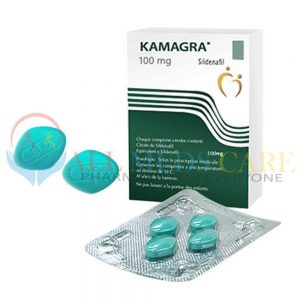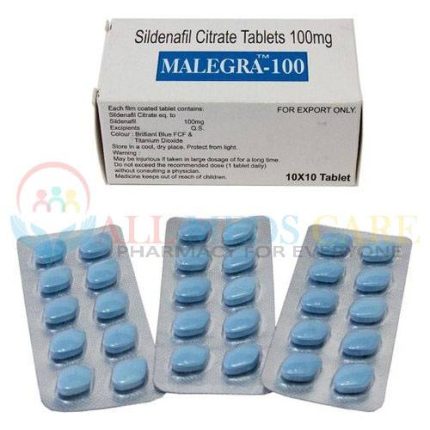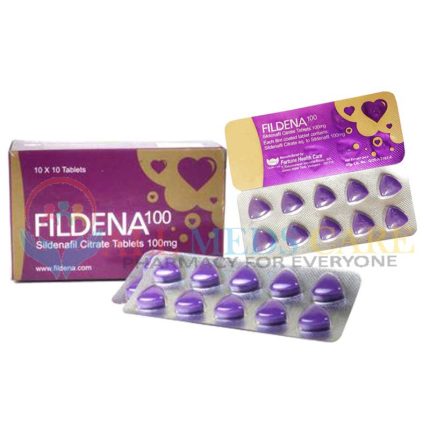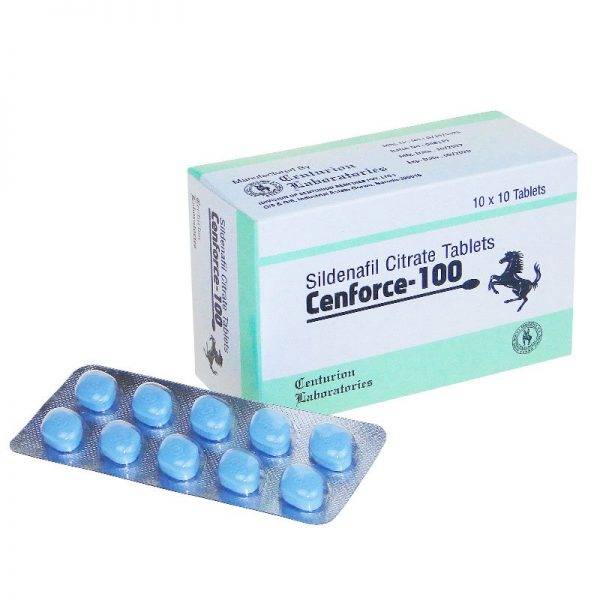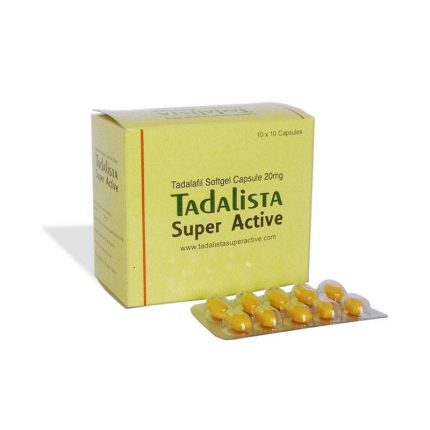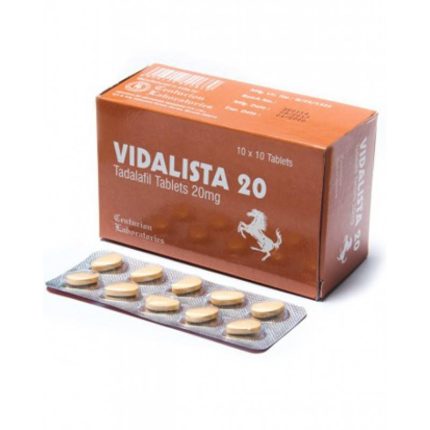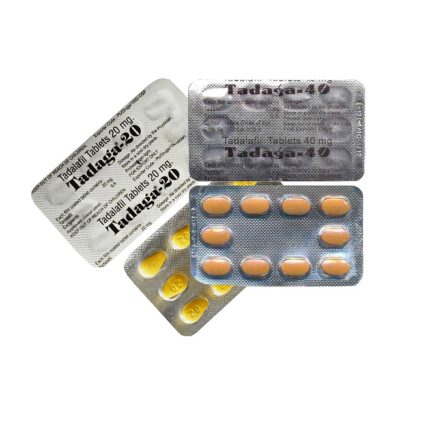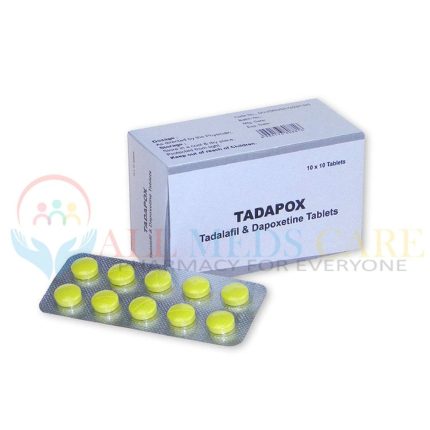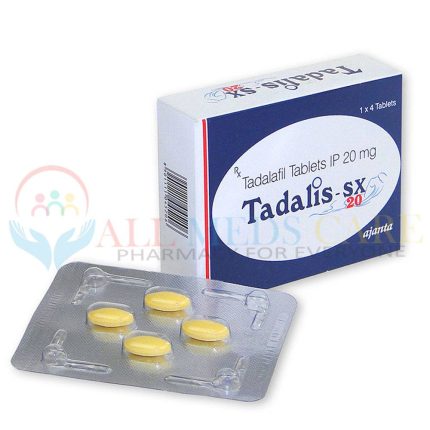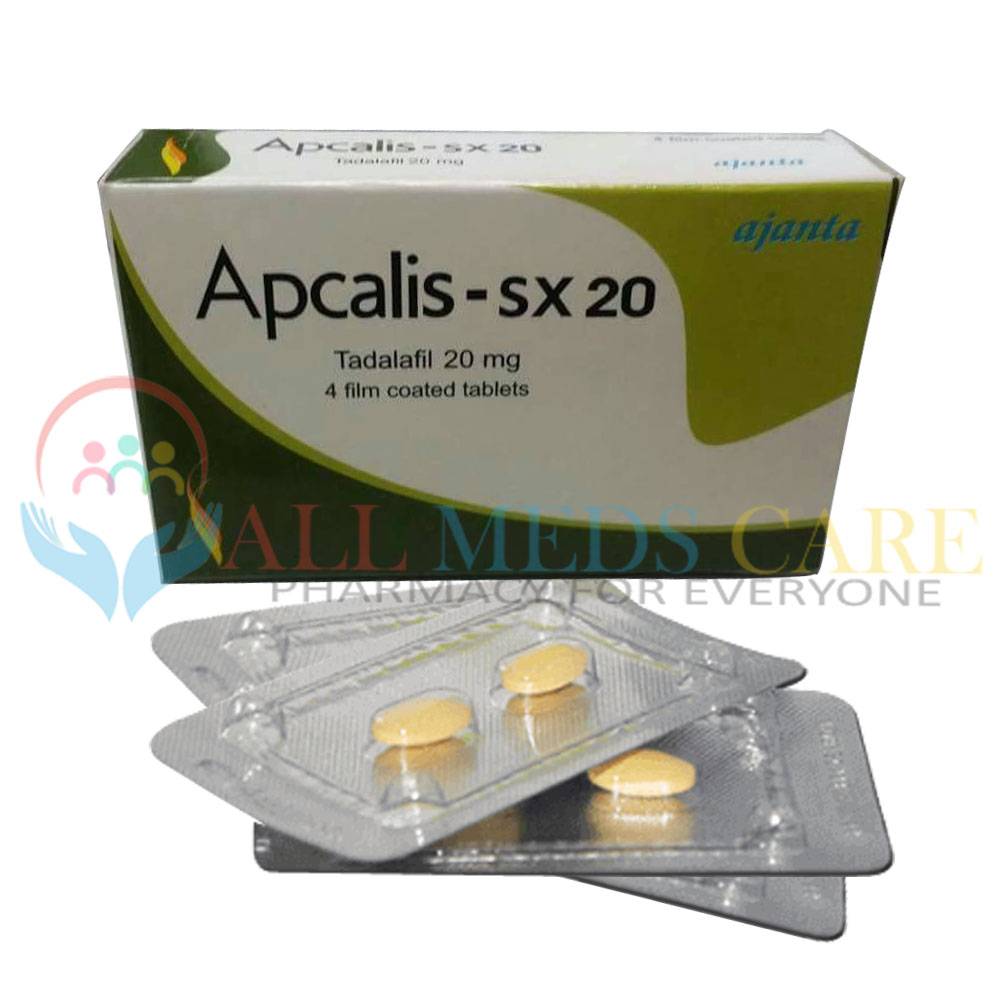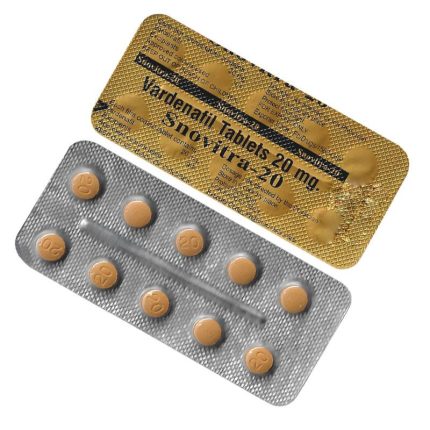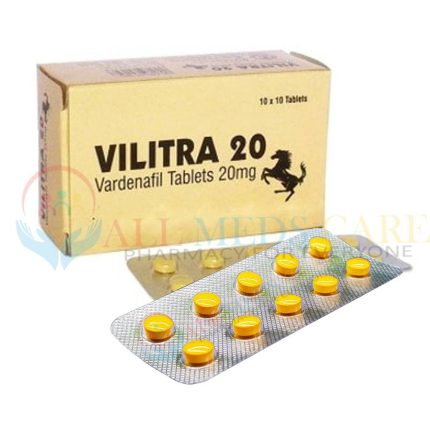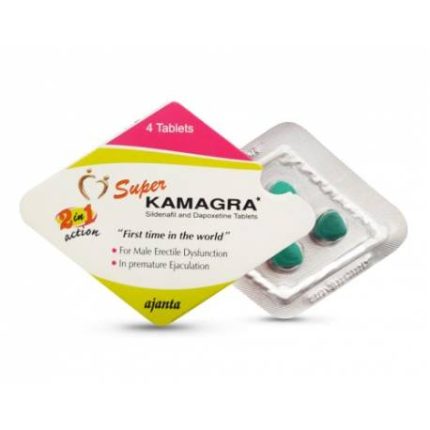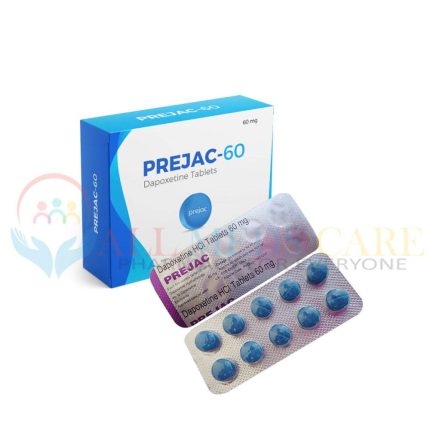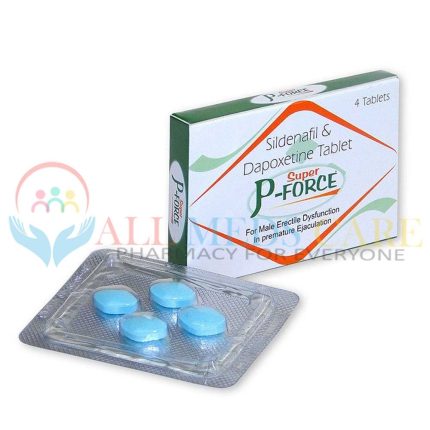- Sildenafil Citrate
-
Kamagra $56.00 – $236.00
-
Malegra 100mg $49.00 – $213.00
-
Suhagra 100mg
Rated 4.77 out of 5$38.00 – $164.00 -
Caverta 100mg
Rated 5.00 out of 5$160.00 – $720.00 -
Fildena 100mg
Rated 5.00 out of 5$49.00 – $212.00
-
- Tadalafil
-
Tadalis Soft Gel Capsule 20mg $56.00 – $215.00
-
Vidalista 20mg $46.00 – $192.00
-
Tadaga 40mg $68.00 – $249.00
-
Tadapox 80mg $67.00 – $264.00
-
Tadalis 20mg
Rated 5.00 out of 5$65.00 – $182.00
-
- Vardenafil
-
Snovitra 20mg
Rated 4.00 out of 5$67.00 – $234.00 -
Vilitra 20mg
Rated 4.00 out of 5$68.00 – $165.00
-
- Dapoxetine
-
Super Kamagra 160mg
Rated 4.83 out of 5$124.00 – $455.00 -
Prejac 60mg
Rated 4.67 out of 5$56.00 – $125.00 -
Tadapox 80mg $67.00 – $264.00
-
Super P-Force 160mg $73.00 – $250.00
-
A hernia is a medical condition that occurs when an internal organ or other body part protrudes through the muscle or tissue through a weak spot that normally holds it in place. This projection causes a lump or bulge to appear under the skin. Hernias can occur in various body parts, but most often affect the abdomen.
Different Types
- Inguinal: This type occurs when part of the intestine or the fatty tissue of the abdomen protrudes through a weak area in the abdominal wall usually in the inguinal (groin) area.
- Femoral: Similar to an inguinal hernia, it occurs when abdominal contents protrude through the femoral canal of the thigh, at the top of the thigh.
- Umbilical: This type happens when stomach contents protrude through the abdominal wall close to the navel, or belly button.
- Hiatal: In this type, part of the stomach protrudes through the diaphragm and into the chest region.
Hernias can be caused by a variety of factors, including:
- Increased abdominal pressure due to obesity, pregnancy, persistent cough or straining during bowel movements.
- Abdominal muscle weakness due to age, injury, or previous surgery.
- Abdominal wall defects which are present since birth.
- Any type of strenuous exercise or lifting that puts excessive strain on the abdominal muscles.
Symptoms of Hernia
An initial sign of a hernia is frequently a bulge or protrusion in the affected area, such as the navel, abdomen, or groin. This bulge could be seen or felt when applying pressure to the region.
Some common signs and symptoms to watch out for include:
- A noticeable lump or bulge that one can see and feel in the groin, belly button or navel area, may or may not be painful.
- Heaviness or discomfort in the affected area, mainly experienced when standing or coughing or during bowel movements.
- Pain or discomfort in the groin, stomach or belly button area, can worsen with physical activity or exertion.
- Pain, burning or painful sensation at the hernial site.
- In some cases, it can cause nausea, vomiting or constipation, indicating a potential intestinal obstruction.
Risks of Ignoring
Ignoring a hernia has many risks and potential complications, such as:
Increased Pain: Ignoring it can lead to increased pain and discomfort as the hernia expands and puts more pressure on surrounding tissues and organs.
Incarceration: If the hernia becomes incarcerated, it means that the protruding tissue gets trapped and cannot be pushed back into place. It can cause severe pain, nausea, vomiting and possibly life-threatening complications.
Strangulation: A hernia can be strangulated when the blood supply to the trapped tissue is cut off. This is a medical emergency that, if left untreated, can lead to infection, tissue death, and severe complications.
Intestinal Obstruction: When a hernia obstructs the intestines, it can cause symptoms, including excruciating abdominal pain, bloating, nausea, vomiting and difficulty passing stool. This is also a medical emergency that requires immediate treatment.
Tissue Damage: Ignoring a hernia increases the risk of complications and prolongs healing time due to tissue damage or infection after the repair surgery.
- Hernia Strangulation
A strangulated hernia can result when part of the intestine or other tissue becomes trapped in the hernia sac and loses its blood supply. This is a medical emergency that requires immediate treatment, as a lack of blood flow can lead to life-threatening consequences and tissue death.
Symptoms of hernia strangulation can include,
- Nausea and vomiting
- Fever
- Rapid heart rate
- Redness, discoloration, or bluish tint to the bulge
- Inability to move the bulge or push it back into the abdomen
- Hernia Incarceration
Hernia incarceration occurs when part of the abdomen or bowel becomes trapped in the hernia sac and cannot be forced back into the abdominal cavity. This can cause severe pain and discomfort, and can also be a medical emergency if the trapped tissue becomes strangulated, compromising the tissue’s blood supply.
Symptoms of hernia incarceration may include:
- Severe pain and tenderness at the hernia site
- Swelling and discoloration of the bulge
- Nausea and vomiting
- Abdominal distension or bloating
- Constipation or inability to pass gas
- Intestinal Obstruction
Intestinal obstruction occurs when a blockage disrupts the normal flow of digested food and fluids through the intestines. This can be caused by various factors such as hernias, adhesions, tumors and impacted feces.
Symptoms of an intestinal obstruction caused by a hernia may include:
- Severe, persistent abdominal pain that worsens over time
- Nausea and vomiting
- Constipation or inability to pass gas
- Abdominal swelling or bloating
- Fever and chills (in case of infection)
Intestinal obstruction can be a serious medical condition and may require treatment in an emergency. Depending on the origin and severity, treatment options include intravenous fluids, bowel rest, or surgical intervention to relieve the obstruction. Timely medical intervention is essential to prevent possible complications such as intestinal perforation or tissue damage.
Hernia Surgery:
Hernia surgery, also known as hernia repair, is usually advised when it causes ongoing pain, discomfort, or complications that affect daily activities. Although some kinds may not require immediate surgical intervention, delaying treatment can raise the risk of potentially serious complications, such as strangulation or incarceration.
The decision to undergo surgery depends on various factors, including the type and severity, the associated symptoms, and the patient’s overall health condition. Generally, surgical repair is recommended in the following situations:
- Incarcerated or Strangulated
- Persistent Pain or Discomfort
- Enlarging
- Recurring
There are two main types of surgeries:
- During an Open Repair, an incision is made in the groin or abdomen to access the hernia site. The protruding tissue is pushed back into the abdominal cavity, and the weakened muscle or tissue is repaired using a mesh material to reinforce the area and prevent recurrence.
- Laparoscopic Repair is a less invasive method where the surgeon makes small incisions in the abdomen. They use a laparoscope (a thin, lighted tube with a camera) to see the hernia on a screen. Specialized tools inserted through the other incisions help in repairing. This method usually leads to smaller cuts, less pain, and quicker recovery than open hernia repair.
Recovery from surgery
Recovery usually takes a few weeks. During this time, it’s important to carefully follow your surgeon’s post-operative instructions to heal correctly and prevent complications. Here’s what to expect during your recovery:
- Post-op Care
- Recovery Timeline
- Managing Pain and Discomfort
Preventing Hernia
Adapting to a healthy lifestyle plays a vital role in reducing the development of hernias in one’s body. The possibility of reducing the formation of this condition can be notably reduced by making some primary changes.
- Maintain a Healthy Weight: Excessive fat in the abdomen puts additional strain on the muscles in the abdomen, causing an increased risk. Try maintaining a healthy body mass index (BMI) through a balanced diet and daily fitness regime. This can help you increase the pressure on the abdominal wall and lessen the risk.
- Strengthen Your Core Muscles: The risk may be lowered by having strong cores and abdomen muscles, which are capable of supporting the abdominal wall. Include workouts like planks, squats and pilates that focus on specific muscular areas. However, to make sure you carry out these activities correctly and prevent aggravating any existing ailments, you must consult a medical professional or an experienced fitness trainer.
- Quit Smoking: Smoking can weaken the tissues in your body, including the abdominal muscles, making them more susceptible. Quitting smoking can help improve your overall health and reduce the risk and other smoking-related complications.
- Lift Properly: Improper lifting methods can strain the belly muscles and raise the chances of hernias. To lift heavy items safely, bend your knees, keep your back straight, and tighten your core muscles. Don’t lift weights that are too heavy for you. Also, think about using the proper lifting equipment or getting help when needed.
- Manage Chronic Cough: Chronic coughing can strain the abdominal muscles, leading to this issue. If you have a persistent cough, it’s important to treat the underlying cause, such as asthma, bronchitis, or smoking, to lower the risk of developing a hernia.
Remember, making lifestyle changes can help prevent it. However, some people may be more likely to get them because of their genes or other health problems. If you think you have a hernia or have symptoms, see a doctor right away to avoid problems.
Living with a Hernia
For some people, surgery may not be an immediate or desired option. In these cases, making lifestyle adjustments and using supportive devices can help manage symptoms and prevent complications.
Lifestyle Adjustments:
- Maintain a healthy weight: Obesity can make a it worse by putting too much pressure on the belly. Losing weight through a healthy diet and regular exercise can help reduce the strain on the affected area.
- Avoid strenuous activities: Lifting heavy objects, doing strenuous physical work, or engaging in activities that increase pressure in the abdomen can make a hernia worse. It’s important to change your routine and avoid activities that strain the abdomen muscles.
- Proper lifting techniques: When you need to lift something, make sure to use the right technique to reduce pressure on your abdomen. Bend your knees, keep the object close to your body, and tighten your core muscles.
Supportive Devices:
- Hernia trusses or belts: These special garments gently press on the affected area to keep the protruding tissue in place and reduce discomfort.
- Hernia pads or patches: You can wear specially designed pads or patches over the hernia site to provide support and prevent further protrusion.
It’s important to note that while these measures can help manage symptoms and prevent complications, they do not cure the underlying condition. Regular monitoring by a healthcare professional is crucial to prevent it from worsening or developing complications.

